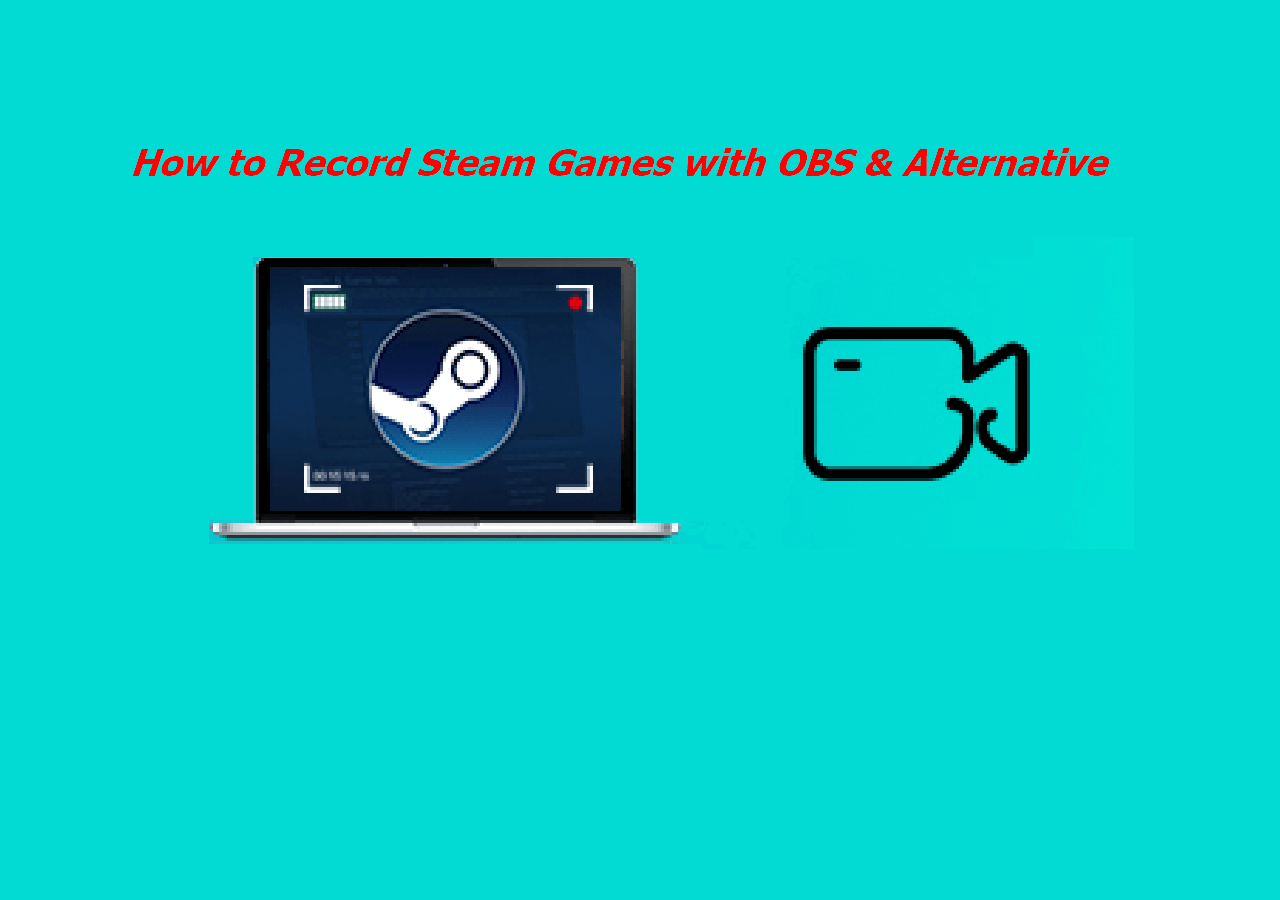0818 Work Insights
Your go-to source for the latest work trends, tips, and advice.
Stream Like a Pro: OBS Tricks You Didn't Know You Needed
Unlock the secrets of professional streaming! Discover essential OBS tricks that will elevate your broadcasts beyond your wildest dreams.
5 Essential OBS Settings for High-Quality Streaming
When it comes to streaming high-quality content, OBS (Open Broadcaster Software) is a powerful tool that allows you to customize your settings for optimal performance. The first essential setting to consider is the Output Resolution. This determines the quality of your stream; for most platforms, streaming at 720p (1280x720) is a solid balance of quality and performance, while 1080p (1920x1080) offers a much sharper picture. Be sure to test your internet connection's upload speed before selecting higher resolutions to avoid buffering issues.
Another crucial setting is the Bitrate, which impacts your stream's video quality directly. A higher bitrate results in better video clarity but also demands more from your internet connection. For 1080p streaming, a bitrate between 4500 to 6000 kbps is recommended. Additionally, adjusting the Encoder settings can significantly affect performance. Utilizing hardware encoding such as NVENC or AMD's VCE can help reduce CPU usage, allowing for smoother streams without sacrificing quality.

How to Improve Your Stream's Production Value Using OBS
Improving your stream's production value using OBS (Open Broadcaster Software) can significantly enhance viewer engagement and retention. Start by investing time in setting up your scenes effectively. Create multiple scenes for different segments of your stream, such as starting soon, be right back, and ending screens. To optimize your visuals, use high-resolution assets like logos, overlays, and alerts. In OBS, you can easily incorporate these elements by adding them as sources. Additionally, remember to adjust your camera settings including resolution and frame rate to deliver a smoother viewing experience.
Another key aspect of enhancing your stream's production value is to utilize OBS's advanced audio settings. High-quality audio is essential for a professional stream, so consider using a dedicated microphone for crystal clear sound. In OBS, you can also add filters like noise suppression and equalization to improve audio quality. To further enhance interactivity, make use of OBS's browser source feature to include chat overlays or real-time donations. By focusing on both video and audio elements, you'll create a more immersive and enjoyable experience for your audience.
Common OBS Mistakes You Didn't Know You Were Making
When setting up OBS (Open Broadcaster Software) for the first time, many users unknowingly make common OBS mistakes that can negatively impact their streaming or recording quality. One major oversight is failing to adjust the video settings to match the desired output. For instance, users often neglect to change the resolution and frame rate in the Output settings, which can lead to lagging or choppy footage. Additionally, neglecting to use the appropriate audio bitrate can result in poor sound quality. Ensuring these settings are optimized for your target platform can significantly enhance the viewing experience.
Another frequent pitfall is improperly managing scene transitions and sources. Many streamers forget to check the order of their sources within a scene, which can create unwanted visual artifacts or missing elements during live broadcasts. Furthermore, some users overlook the importance of using hotkeys for quick scene switching, often leading to awkward pauses or mistakes. To avoid these common OBS mistakes, it’s recommended to practice your transitions beforehand and routinely review your scene setup. This diligence not only boosts professionalism but also helps maintain viewer engagement.